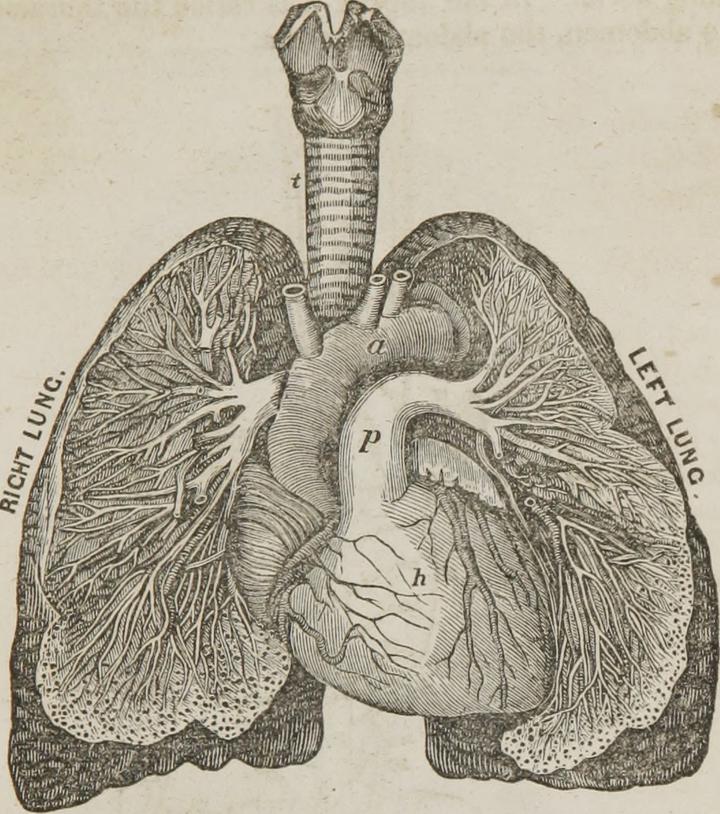Microbial dynamics, infections, and evolutionary medicine

Evolutionary medicine is an emerging discipline that employs eco-evolutionary theories alongside analyses of historical and contemporary patient data. Tracing the evolutionary origins of human health and diseases gives us profound insights into the genetic and physiological mechanisms underlying conditions. For instance, understanding how pathogens evolve and spread within hospital environments can inform strategies for preventing and treating sepsis, a life-threatening condition often triggered by infections. This interdisciplinary approach sheds light on the origins of health problems, and guides personalized treatment plans and infection control measures. Furthermore, evolutionary medicine enables us to anticipate future challenges, such as the rise of drug-resistant pathogens, and develop proactive strategies to mitigate their impact on human health.
Managing infections and antibiotic resistance
In the Brown Lab, my research focuses on Pseudomonas aeruginosa (PA) infections and antibiotic resistance within the context of Cystic Fibrosis (CF), an inherited disorder causing severe damage to the lungs, digestive system, and other organs. PA infections are common among CF patients, and frequent antibiotic use has led to the emergence of resistance. However, there’s a discrepancy between treatment outcomes and the susceptibility profile of resistant strains. We hypothesize that the lung environment’s ecology, including other commensal species, influences resistance evolution through both competition and horizontal gene transfer. To explore these complex eco-evolutionary processes, we utilize synthetic and patient-derived communities.
Dynamics of infection induced “death”
Here, we ask a simple question: what are the dynamics of pathogen-induced death? Death is a central phenotype in biomedical and epidemiological infectious disease biology. Yet, very little work has attempted to link the biomedical focus on pathogen dynamics within a host and the epidemiological focus on populations of infected hosts. To systematically characterize the dynamics of death in controlled animal infections, we analyze diverse lethal animal infection models, experiment using a nematode host – bacterial pathogen system, and mathematical modeling. Across experimental models, we find robust support for an accelerating risk of death since the time of infection, contrasting with conventional epidemiological models that assume a constant elevated risk of death.